In the fierce competition of competitive sports, gaining every bit of advantage is crucial. From athletes' physical fitness and skills to their equipment, every detail is continuously optimized and upgraded.
Today, with the rapid development of technology, an innovative device known as the "3D foot scanner" is quietly transforming the landscape of professional sports training. With its precise data analysis and personalized solutions, it tailors training programs for athletes, helping them achieve greater success on the field.
I. 3D Foot Scanner: Precision Measurement Empowered by Technology
As the name suggests, a 3D foot scanner is a high-tech device that uses advanced 3D scanning technology to comprehensively and meticulously measure the shape of an athlete's foot. It can quickly capture every subtle contour of the sole, including arch height, sole width, toe alignment, and other key data, without contact, providing a solid data foundation for subsequent personalized training.
II. Customized Footwear: The Secret Weapon for Enhancing Performance
Traditionally, the selection of footwear for athletes often relied on experience and try-ons, making it difficult to achieve true personalized fitting. The emergence of the 3D foot scanner has completely changed this status quo. By combining precise measurement data with advanced computer-aided design technology, customized footwear that perfectly matches each athlete’s foot shape can be created. This not only effectively reduces the risk of sports injuries but also enhances athletic performance and competitive condition through optimized sole support and improved traction.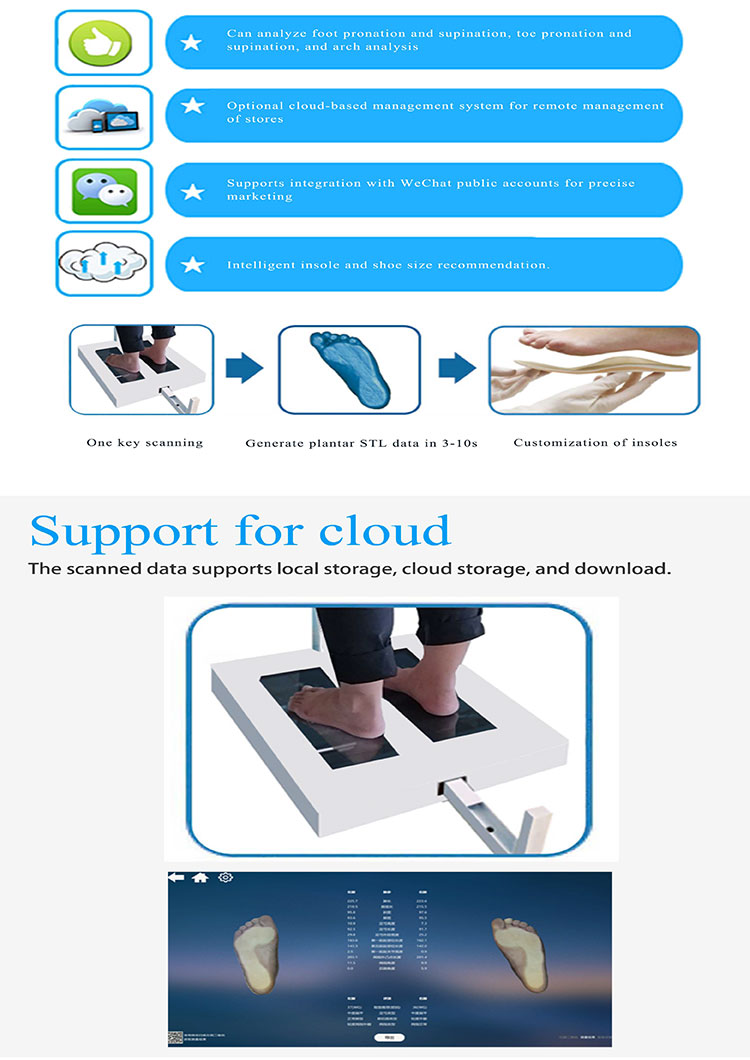
III. Dynamic Analysis: Optimizing Gait and Force Transmission
In addition to customized footwear, the 3D foot scanner can also perform dynamic analysis to monitor the force distribution on the sole during running, jumping, and other movements in real time. By capturing critical information such as contact points between the sole and the ground and pressure distribution, coaching teams can gain deep insights into an athlete's gait characteristics and force transmission efficiency. This allows for targeted adjustments to training plans, optimization of technical actions, reduction of unnecessary energy loss, and enhancement of overall movement efficiency.
IV. Injury Prevention and Rehabilitation: Technology Safeguarding Athlete Health
Sports injuries are an inevitable topic in competitive sports. The 3D foot scanner also shows great potential in injury prevention and rehabilitation. By long-term tracking and monitoring changes in athletes' foot data, potential injury risks can be identified early, and preventive measures can be taken in advance. During the rehabilitation phase, adjusting footwear design and training plans according to the progress of recovery can accelerate the athlete's rehabilitation process, reduce the risk of recurrence, and ensure the sustainability of their career.
As an innovative technology in the field of professional sports training, the 3D foot scanner is gradually becoming an important tool for enhancing performance and safeguarding athlete health due to its unique advantages.
It not only reflects the profound impact of technology on sports but also heralds a future where sports training will become more personalized, precise, and scientific. With continuous technological advancements and expanding application scopes, we have reason to believe that the 3D foot scanner will demonstrate extraordinary value in more areas, injecting new vitality and momentum into the development of sports.

 +86-0755-86131192
+86-0755-86131192 2024-09-20
2024-09-20 Back to list
Back to list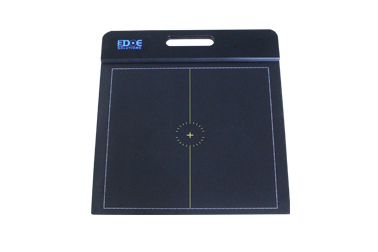
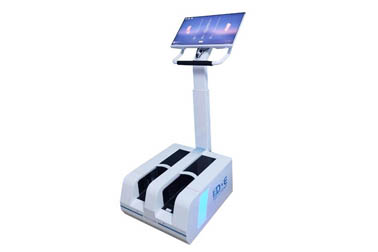
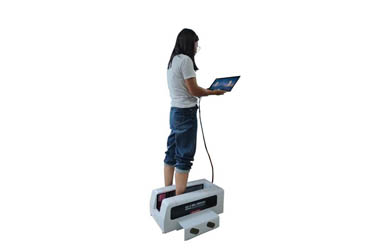
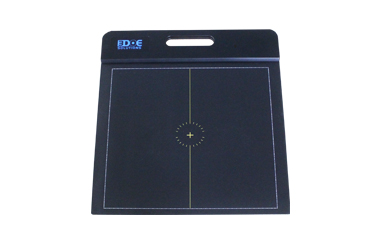

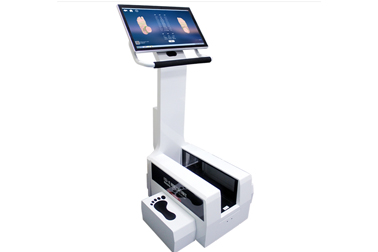



 +86-0755-86131192
+86-0755-86131192